Sacred space, clouds and milk chocolate: meet Wutopia Lab’s Shanghai pavilion
Wutopia Lab draws on dreams, clouds and milk chocolate in its latest creation, an architectural pavilion on the outskirts of Shanghai; meet the Shrine of Everyman
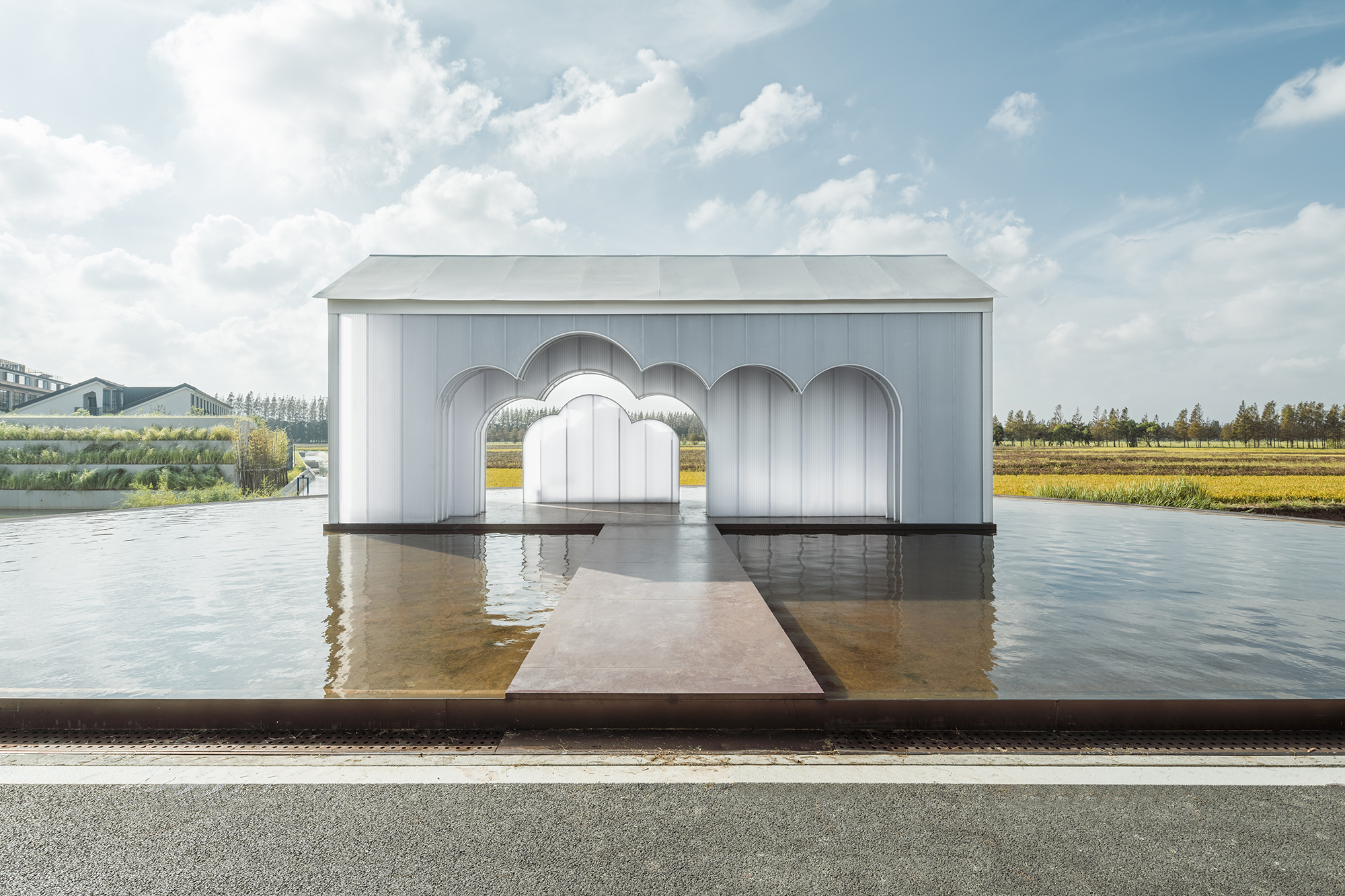
CreatAR Images - Photography
An abandoned pump house outside Shanghai has been transformed into an architectural pavilion with a nod to the sacred, courtesy of Chinese architecture studio Wutopia Lab. The project, created at an idyllic spot within the Dongtanyuan's Qian Shao Farm, belonging to food and beverage multinational the Bright Food Group, is titled Shrine of Everyman, and reimagines a neglected piece of industrial architecture into an exploration of sacred space – an ethereal folly that invites the visitor in, as if in a dream.
The project’s brief outlined a rest stop for visitors and passers-by. The architects applied their signature flair and imagination – which has previously led to designs such as imaginative bookstores for Tianya Books and beautifully geometric exhibition centres, such as the The Aluminium Mountain – to their architectural solution, resulting in a reflective, cloud-like structure full of curves and mirrors. The pavilion, made of 13 layers of translucent polycarbonate panels, sits on a semi-circular shallow pool, carefully and delicately suspended just above the river.

Inspiration came from chocolate – one of their client’s key products. ‘One of the key charms of traditional Chinese culture is that everyday places can be elevated into sacred spaces through the construction of shared memories,' says Wutopia Lab's lead architect Yu Ting. ‘That's when the chocolate came to my mind. Milk chocolate, reinvented by Shanghai's food industry (including the predecessor of Bright Food Group) during a time of material scarcity, was a boon to the Chinese people of that period and was once an integral part of Shanghai's culinary memory.
‘I decided to use milk chocolate as the theme of the pump room to awaken memories of ordinary people who were temporarily forgotten,’ he continues, ‘thus turning an abandoned facility into a sacred space for ordinary people – Shrine of Everyman.’
Reflecting this thinking in the small, 35 sq m structure, the architects created the shallow pool in a deep brown colour, while the structure above it is white – symbolising, respectively, chocolate and milk. Stepping inside, the visitor is drawn into a dream-like landscape, where they can explore, rest, or take in the views of the natural setting and Shanghai cityscape beyond.
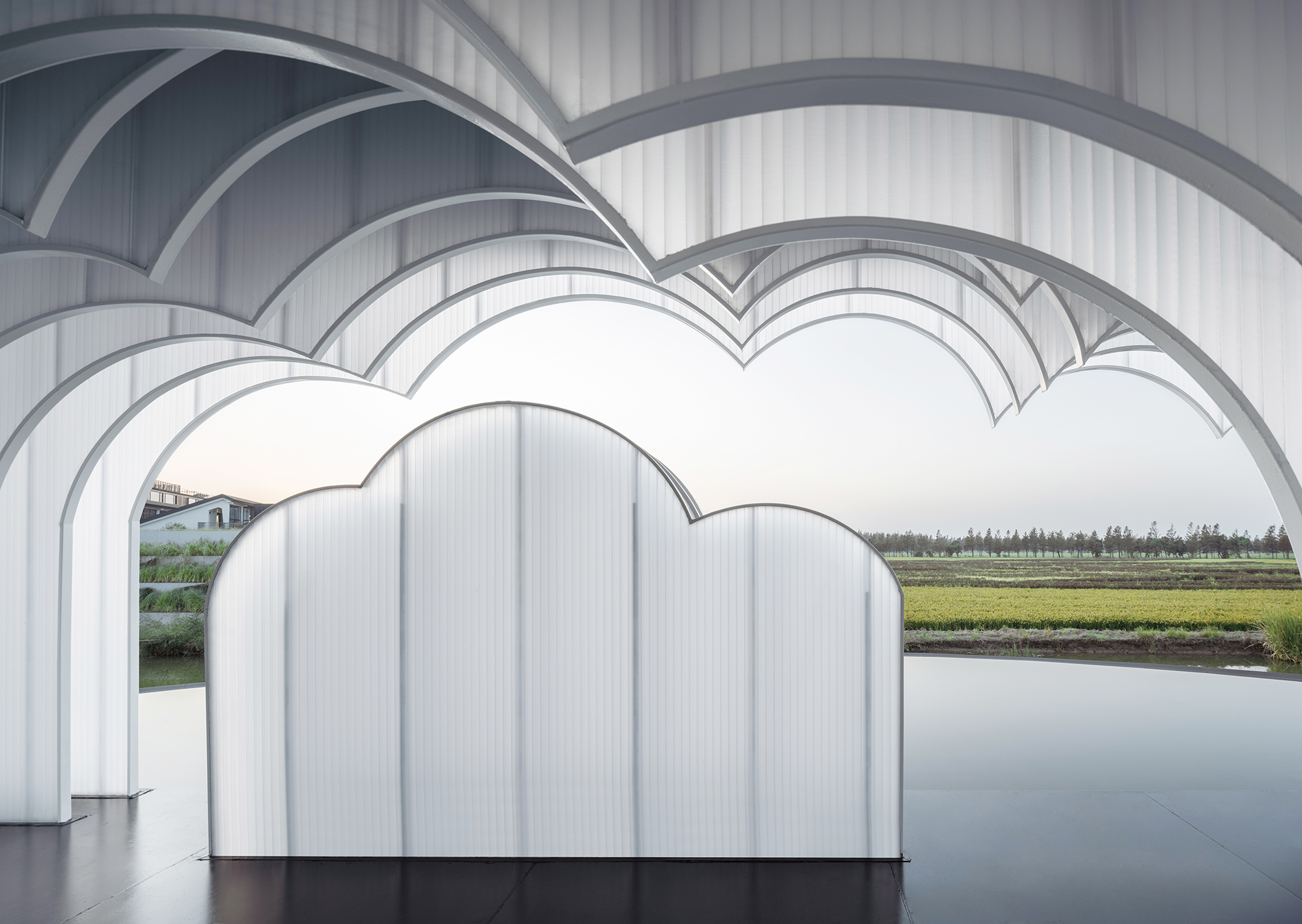
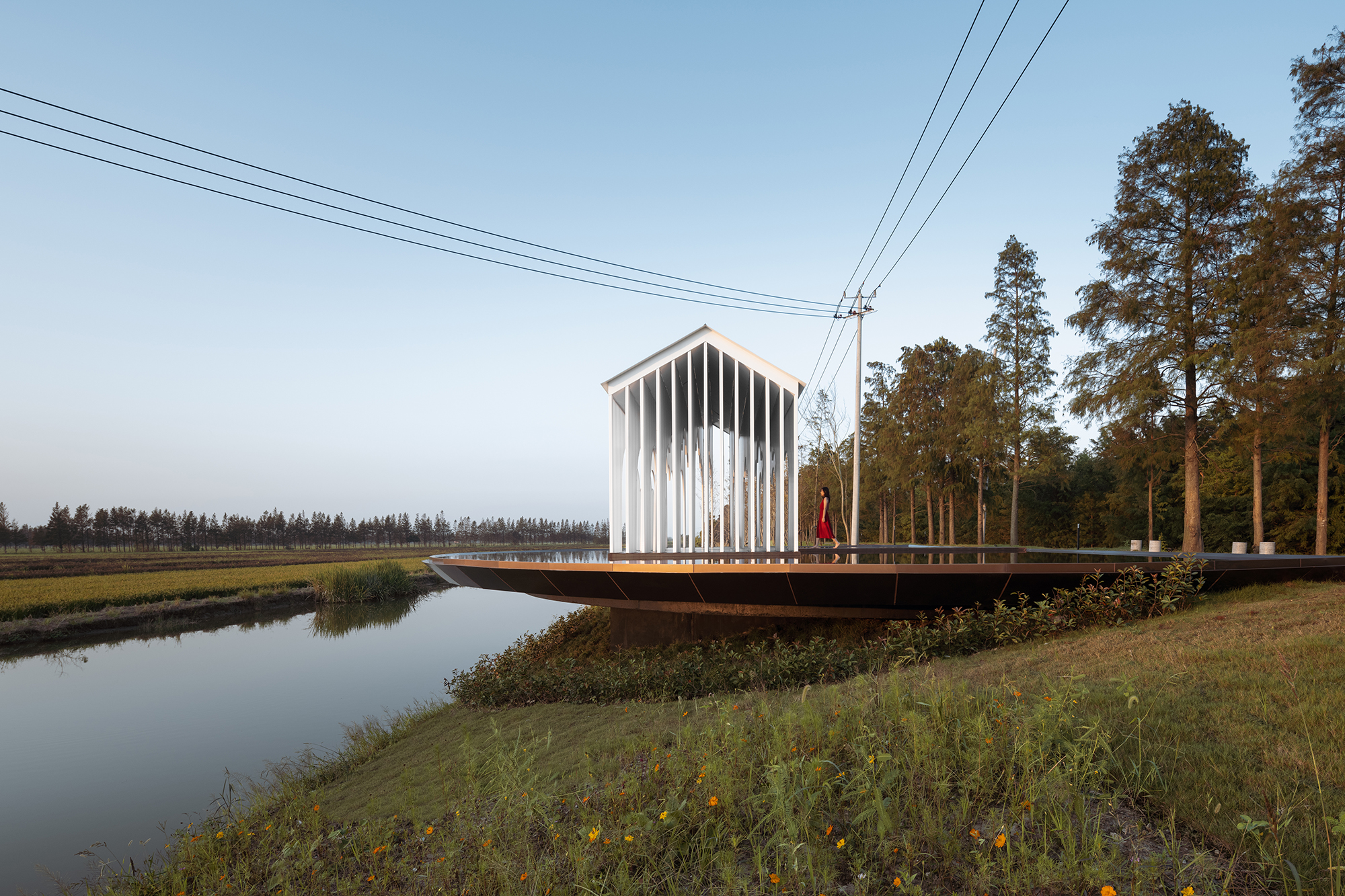
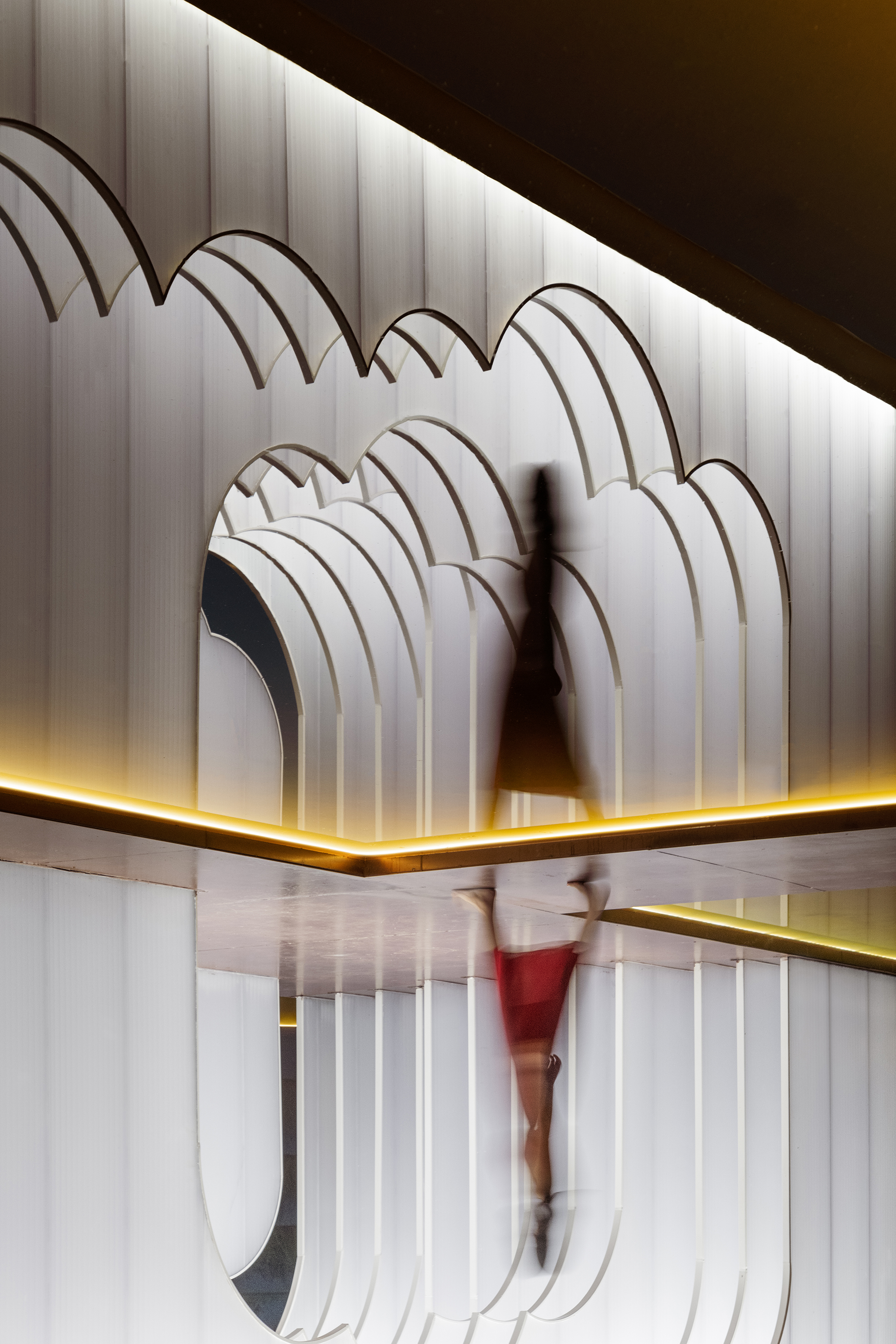
INFORMATION
Receive our daily digest of inspiration, escapism and design stories from around the world direct to your inbox.
Ellie Stathaki is the Architecture & Environment Director at Wallpaper*. She trained as an architect at the Aristotle University of Thessaloniki in Greece and studied architectural history at the Bartlett in London. Now an established journalist, she has been a member of the Wallpaper* team since 2006, visiting buildings across the globe and interviewing leading architects such as Tadao Ando and Rem Koolhaas. Ellie has also taken part in judging panels, moderated events, curated shows and contributed in books, such as The Contemporary House (Thames & Hudson, 2018), Glenn Sestig Architecture Diary (2020) and House London (2022).
-
 Montcalm Mayfair opens a new chapter for a once-overlooked London hotel
Montcalm Mayfair opens a new chapter for a once-overlooked London hotelA thoughtful reinvention brings craftsmanship, character and an unexpected sense of warmth to a London hotel that was never previously on the radar
-
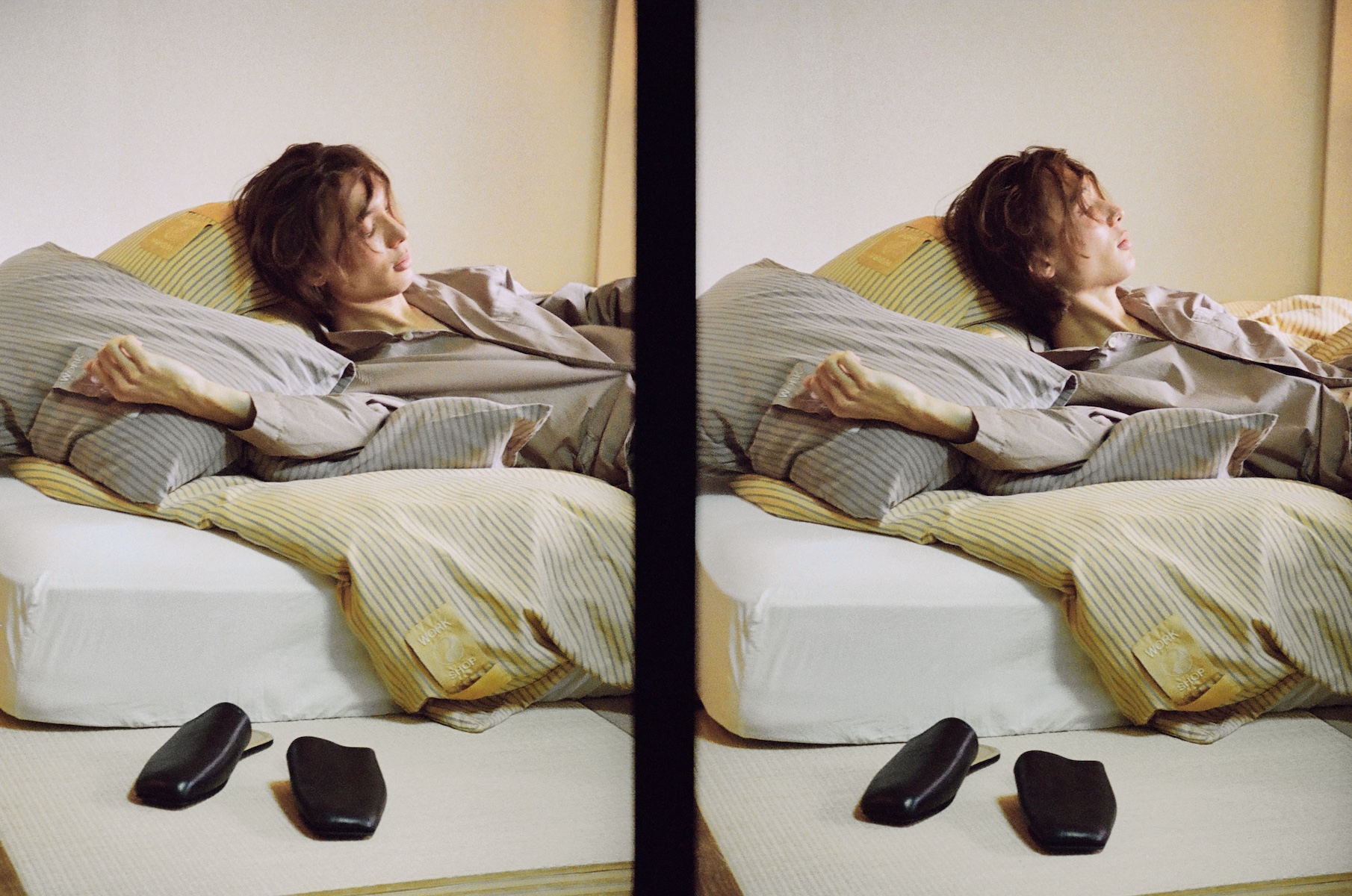 Magniberg’s latest bedwear collaboration with Our Legacy is beautifully sun-faded and lived-in
Magniberg’s latest bedwear collaboration with Our Legacy is beautifully sun-faded and lived-inColoured using dyes derived from plants and minerals, the new bedding sets and pyjamas are meant to evoke the feeling of ‘a well-worn band T-shirt or your favourite vintage sweatshirt’, says Our Legacy co-founder Jockum Hallin
-
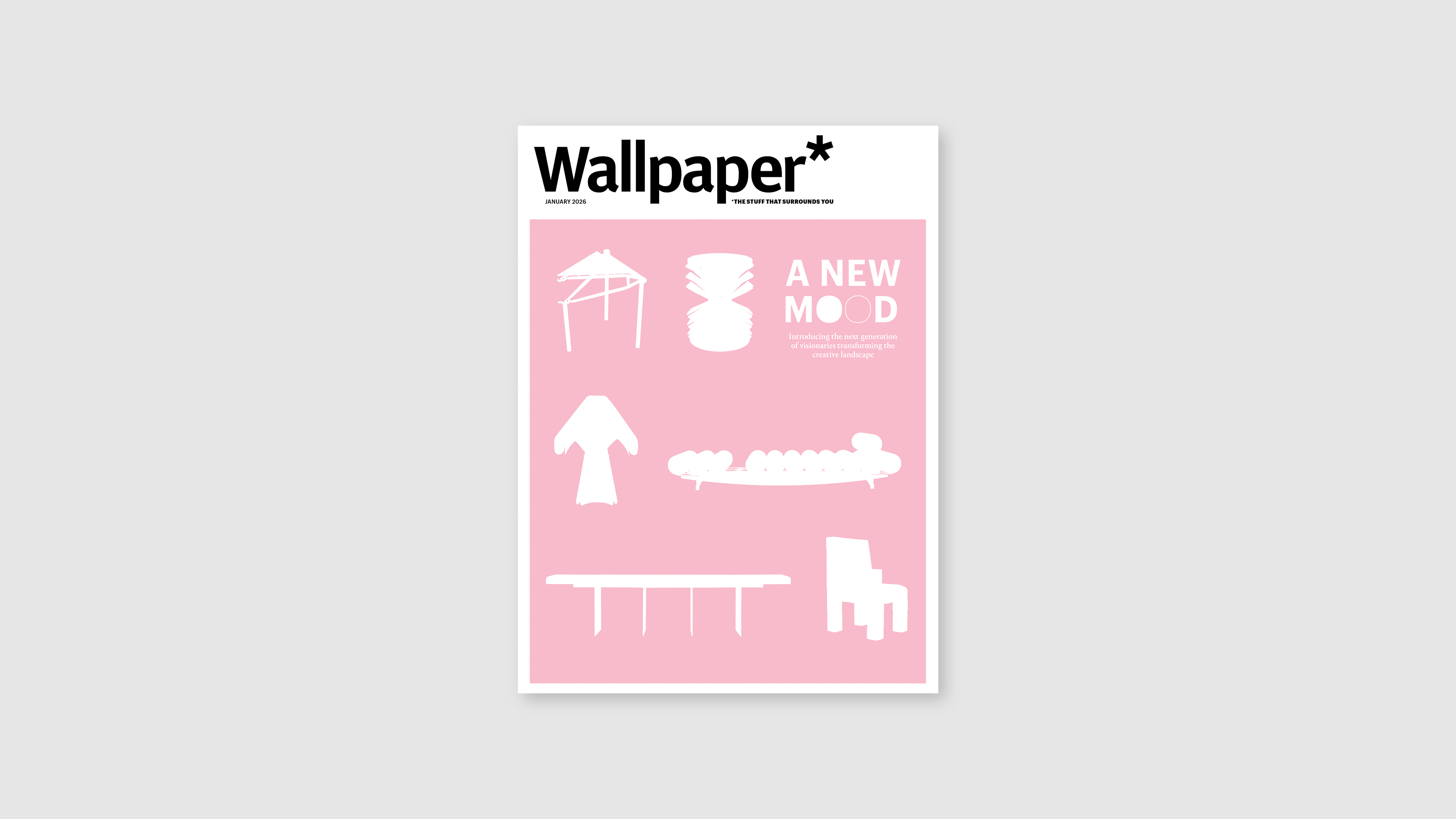 Meet the Next Generation of creative stars to know in January Wallpaper*, out now
Meet the Next Generation of creative stars to know in January Wallpaper*, out nowFrom young designers, artists and architects about to make the world a better place to emerging cultural hotspots for your radar – discover a new dawn in Wallpaper* January 2026, on newsstands
-
 Wang Shu and Lu Wenyu to curate the 2027 Venice Architecture Biennale
Wang Shu and Lu Wenyu to curate the 2027 Venice Architecture BiennaleChinese architects Wang Shu and Lu Wenyu have been revealed as the curators of the 2027 Venice Architecture Biennale
-
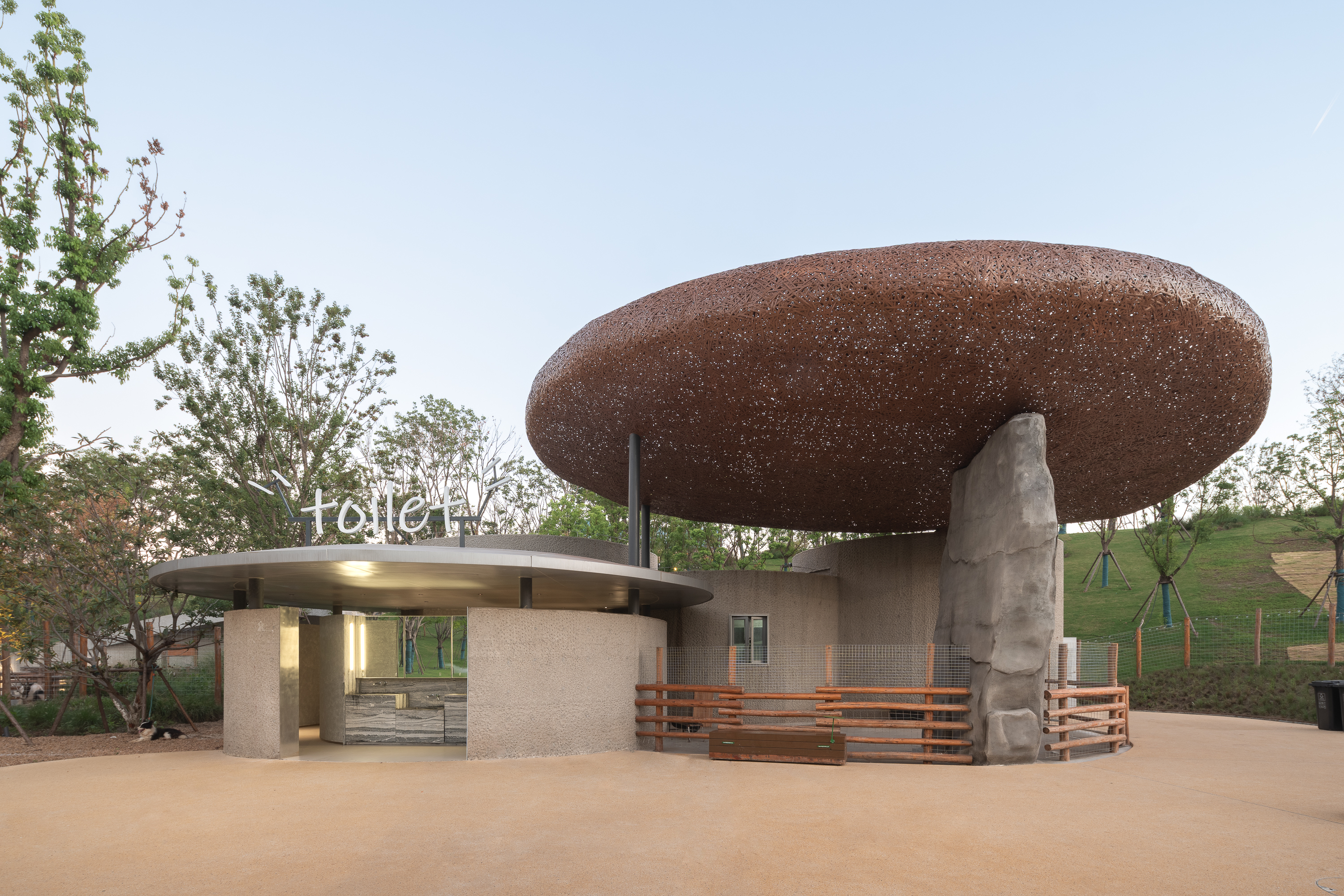 Tour this Chinese eco-farm, an imaginative wonderland connecting visitors with nature
Tour this Chinese eco-farm, an imaginative wonderland connecting visitors with natureLuxeIsland Farm by Various Associates is an eco-farm and visitor attraction in China’s picturesque Wuhan region; take a stroll across its fantastical landscape
-
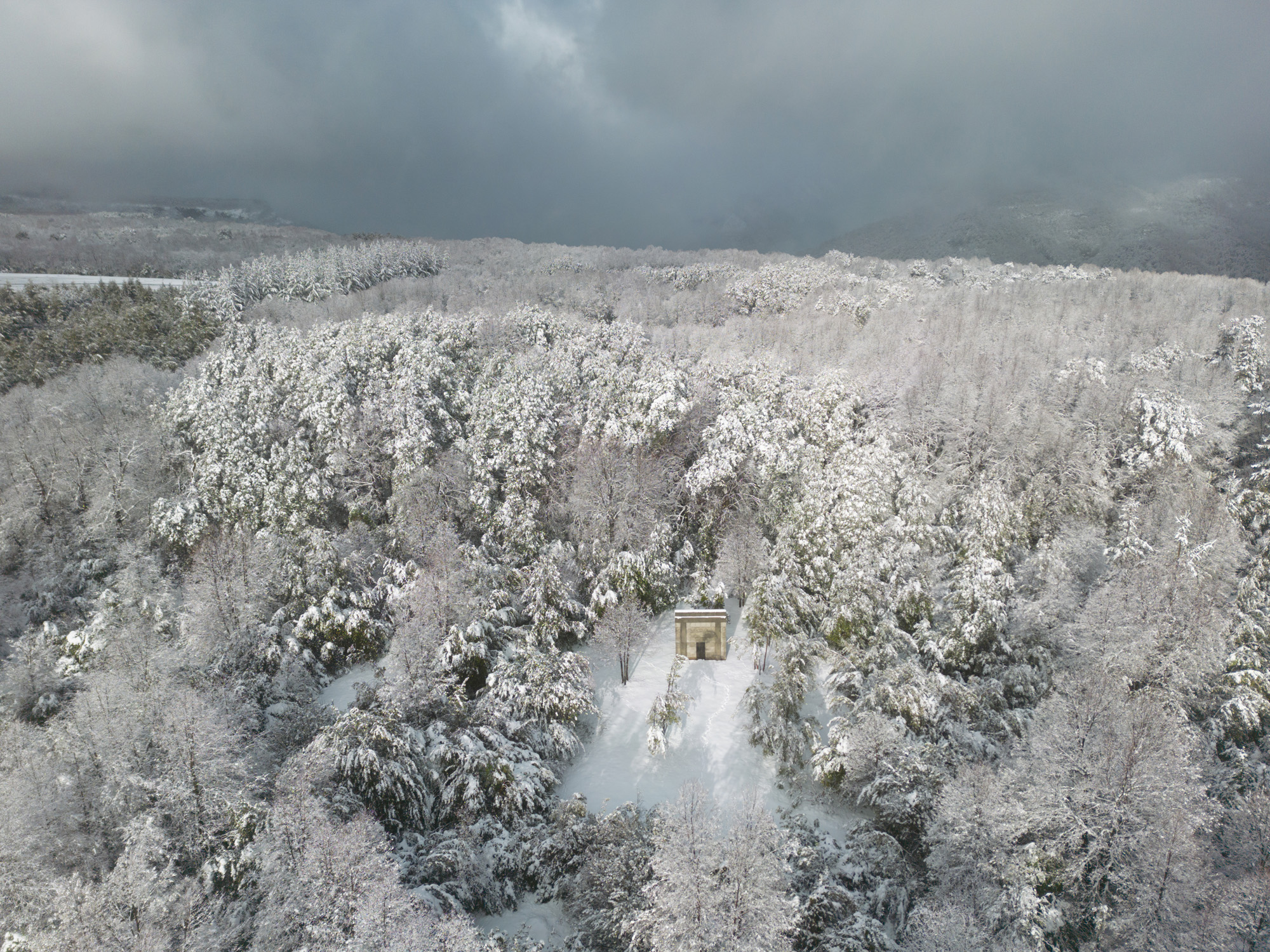 A Chilean pavilion cuts a small yet dramatic figure in a snowy, forested site
A Chilean pavilion cuts a small yet dramatic figure in a snowy, forested siteArchitects Pezo von Ellrichshausen are behind this compact pavilion, its geometric, concrete volume set within a forest in Chile’s Yungay region
-
 Doshi Retreat at the Vitra Campus is both a ‘first’ and a ‘last’ for the great Balkrishna Doshi
Doshi Retreat at the Vitra Campus is both a ‘first’ and a ‘last’ for the great Balkrishna DoshiDoshi Retreat opens at the Vitra campus, honouring the Indian modernist’s enduring legacy and joining the Swiss design company’s existing, fascinating collection of pavilions, displays and gardens
-
 Honouring visionary landscape architect Kongjian Yu (1963-2025)
Honouring visionary landscape architect Kongjian Yu (1963-2025)Kongjian Yu, the renowned landscape architect and founder of Turenscape, has died; we honour the multi-award-winning creative’s life and work
-
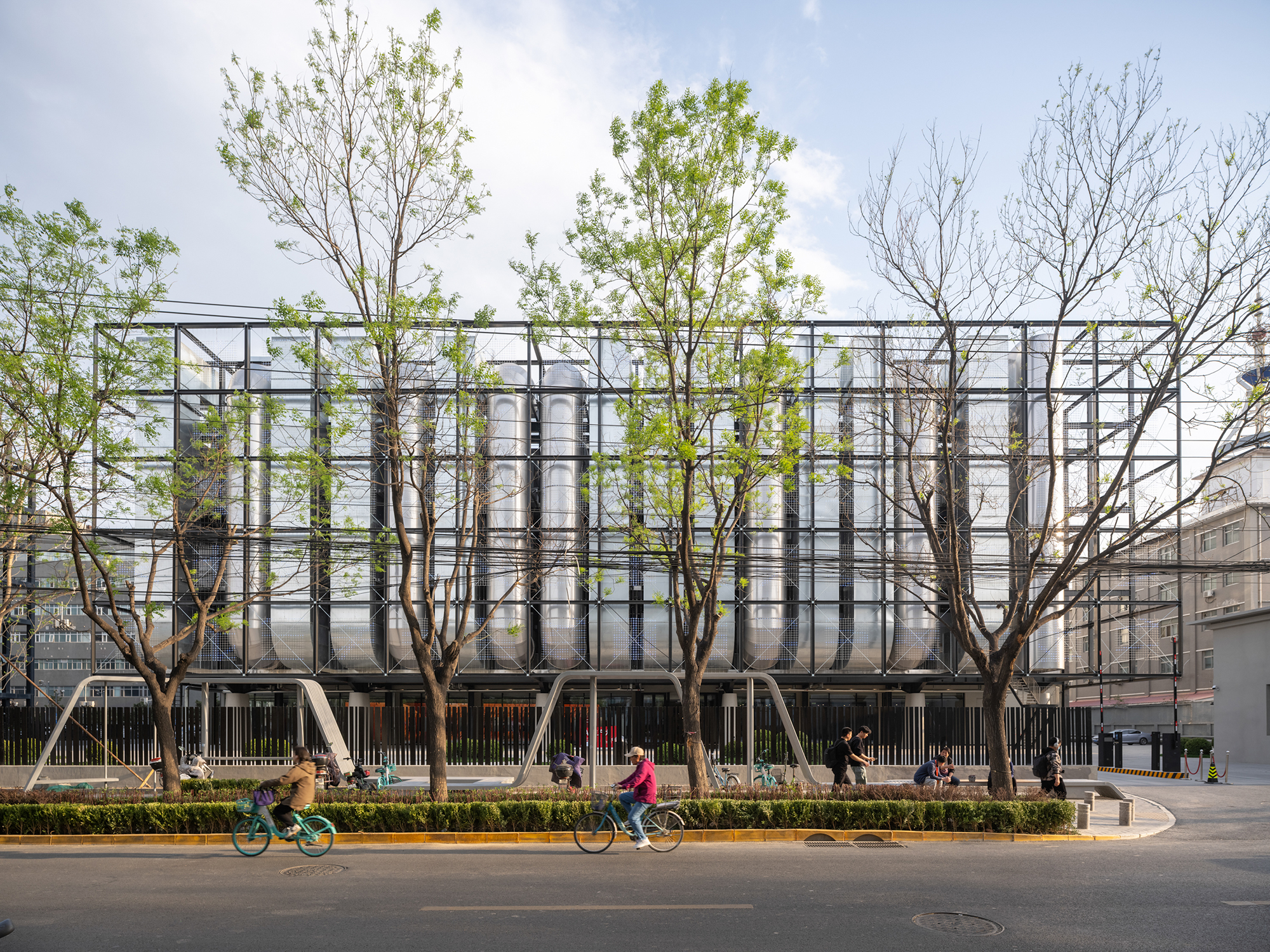 A new AI data centre in Beijing is designed to evolve and adapt, just like the technology within
A new AI data centre in Beijing is designed to evolve and adapt, just like the technology withinSpecialised data centre Spark 761, designed by llLab, is conceived as a physical space where humans and AI technology can coexist
-
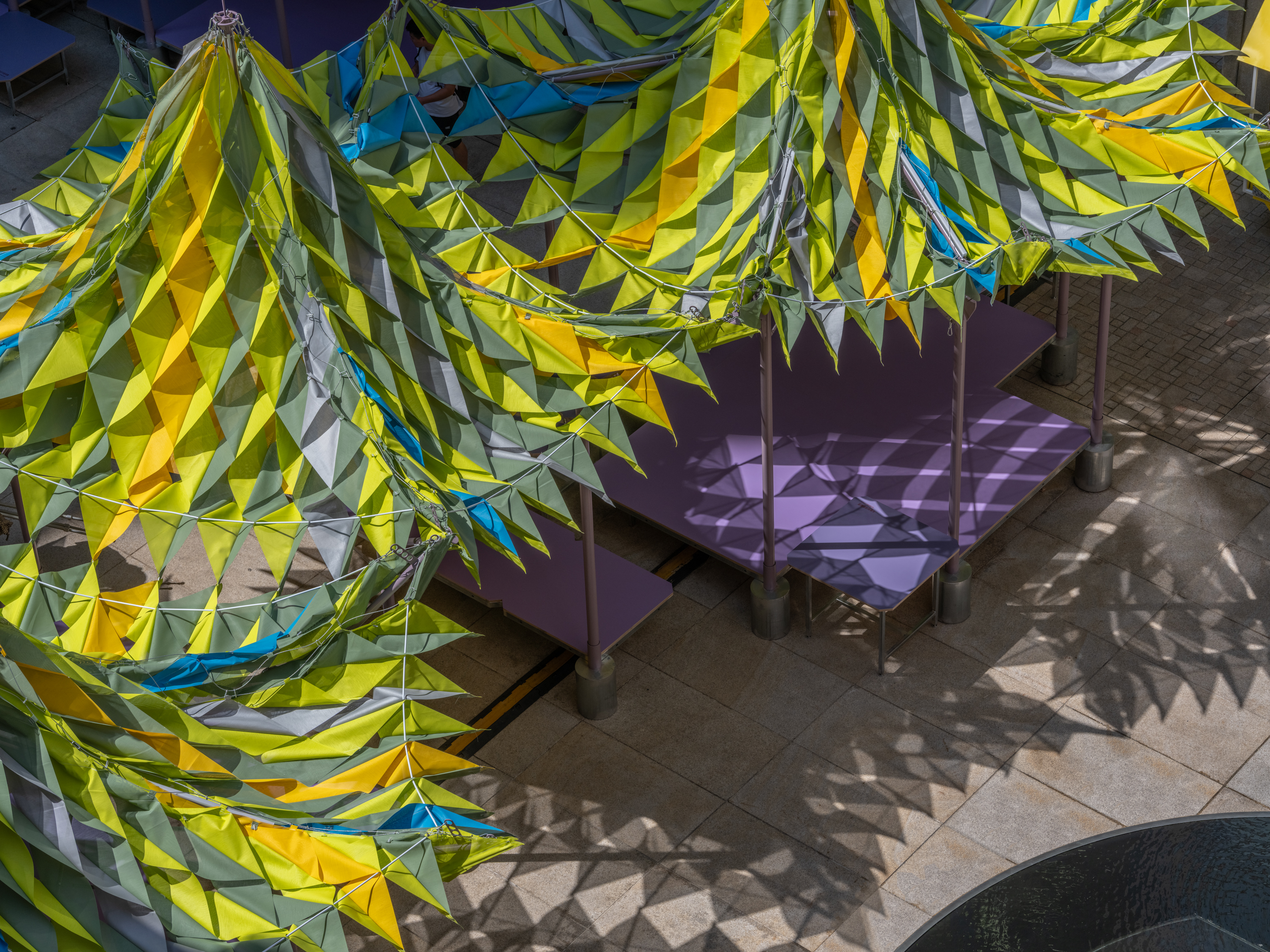 Shanghai’s biennial, RAMa 2025, takes architectural exploration outside
Shanghai’s biennial, RAMa 2025, takes architectural exploration outsideRAMa 2025, the architecture biennial at Rockbund Art Museum in Shanghai, launches, taking visitors on a journey through a historic city neighbourhood – and what it needs
-
 Slides, clouds and a box of presents: it’s the Dulwich Picture Gallery’s quirky new pavilion
Slides, clouds and a box of presents: it’s the Dulwich Picture Gallery’s quirky new pavilionAt the Dulwich Picture Gallery in south London, ArtPlay Pavilion by Carmody Groarke and a rich Sculpture Garden open, fusing culture and fun for young audiences